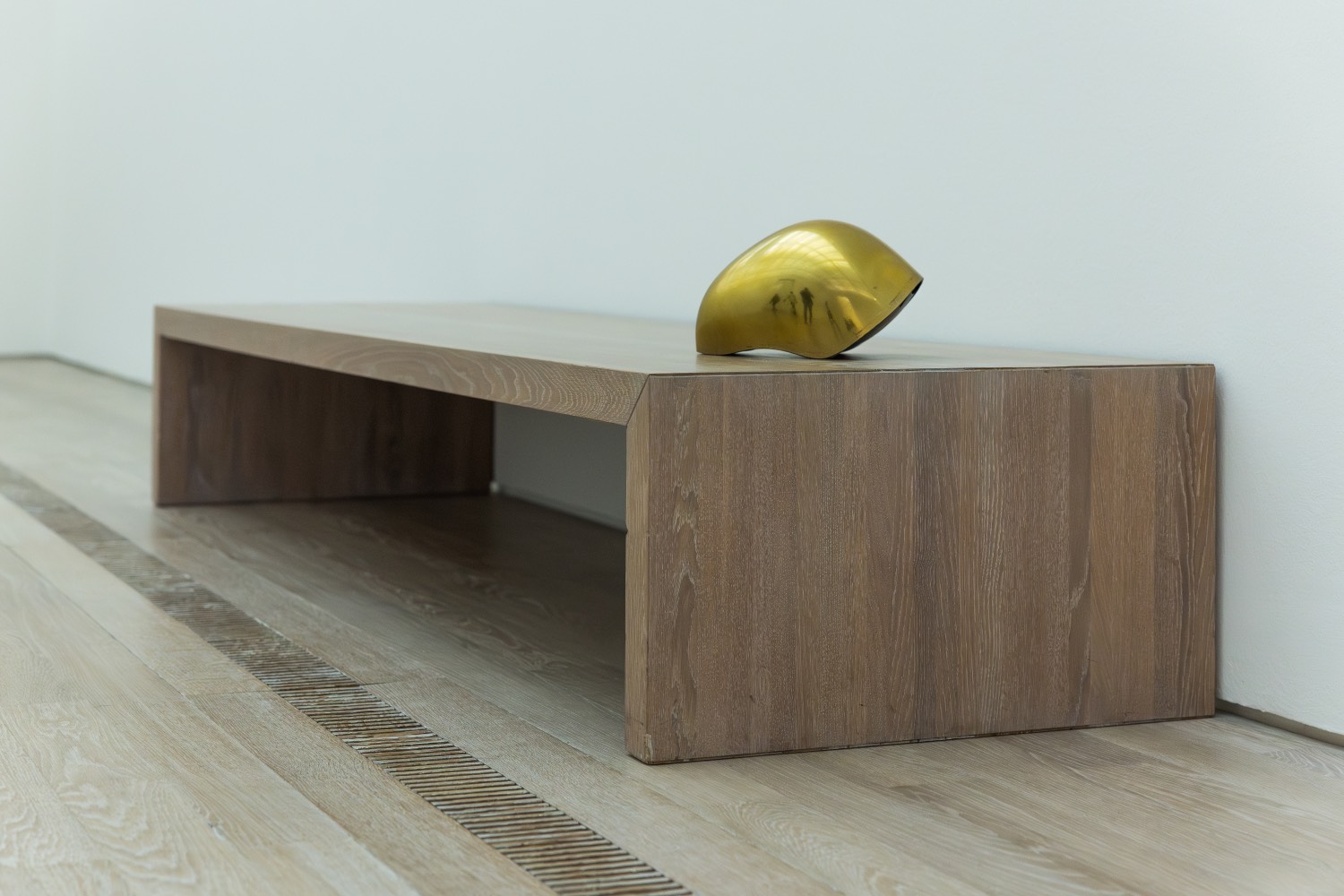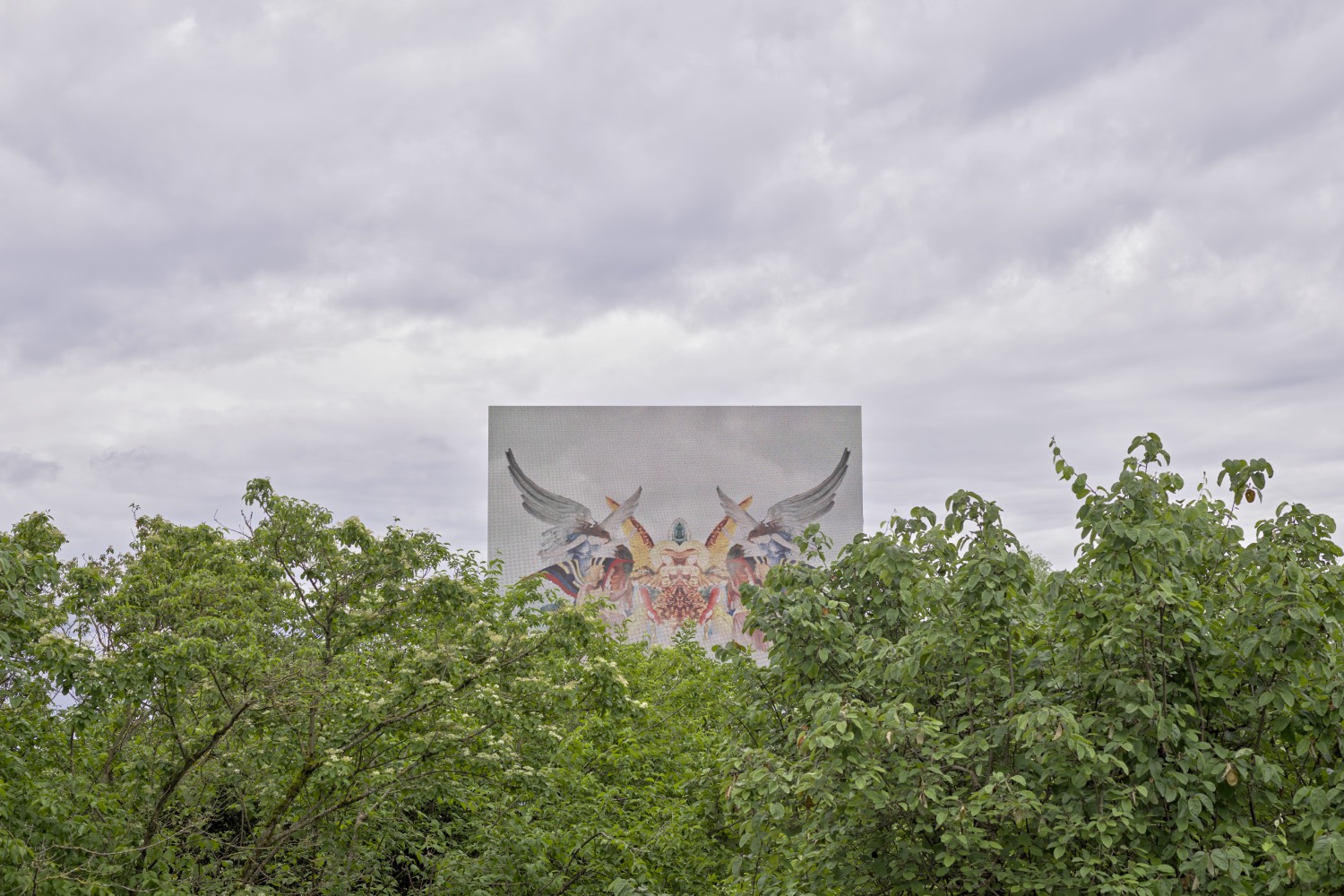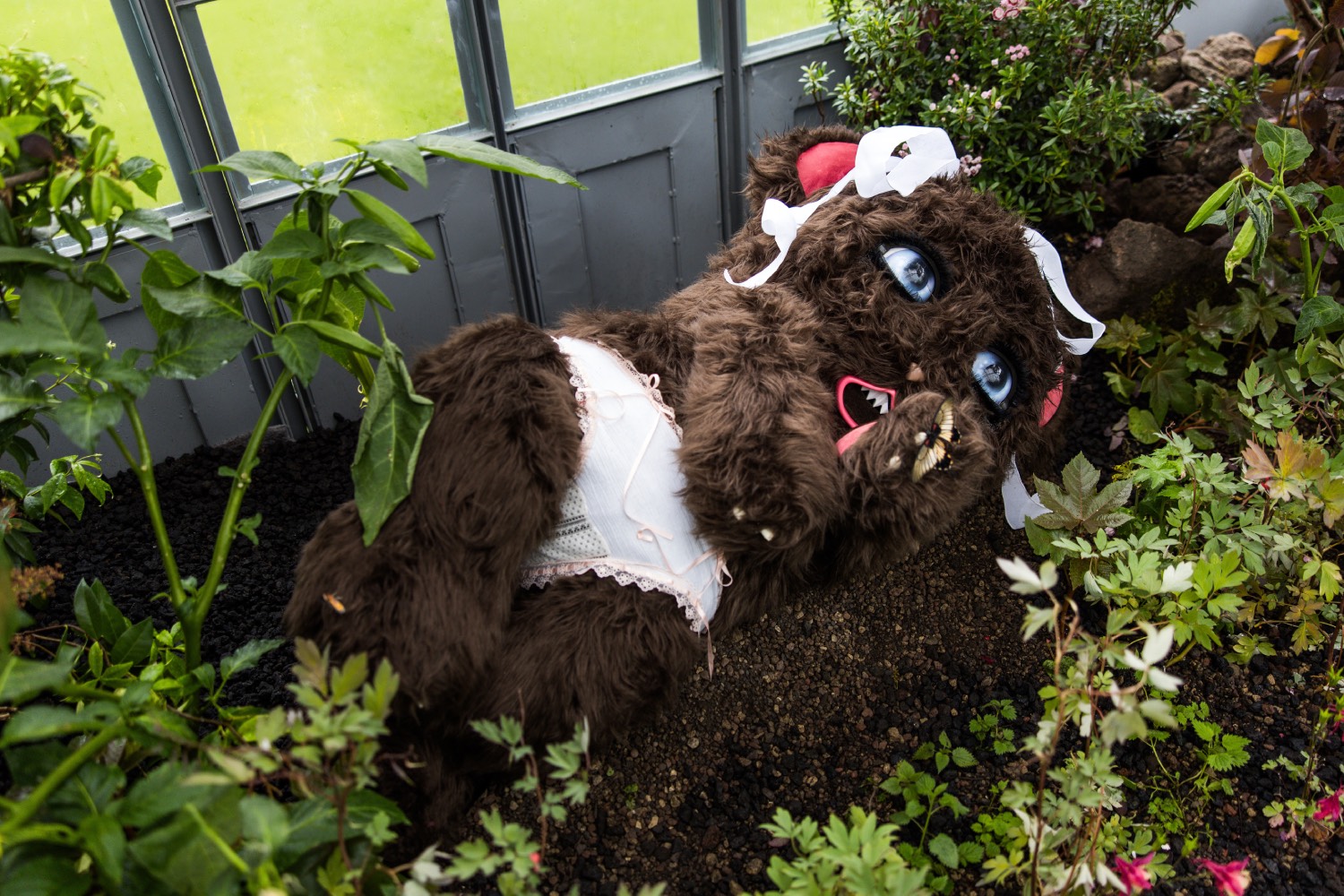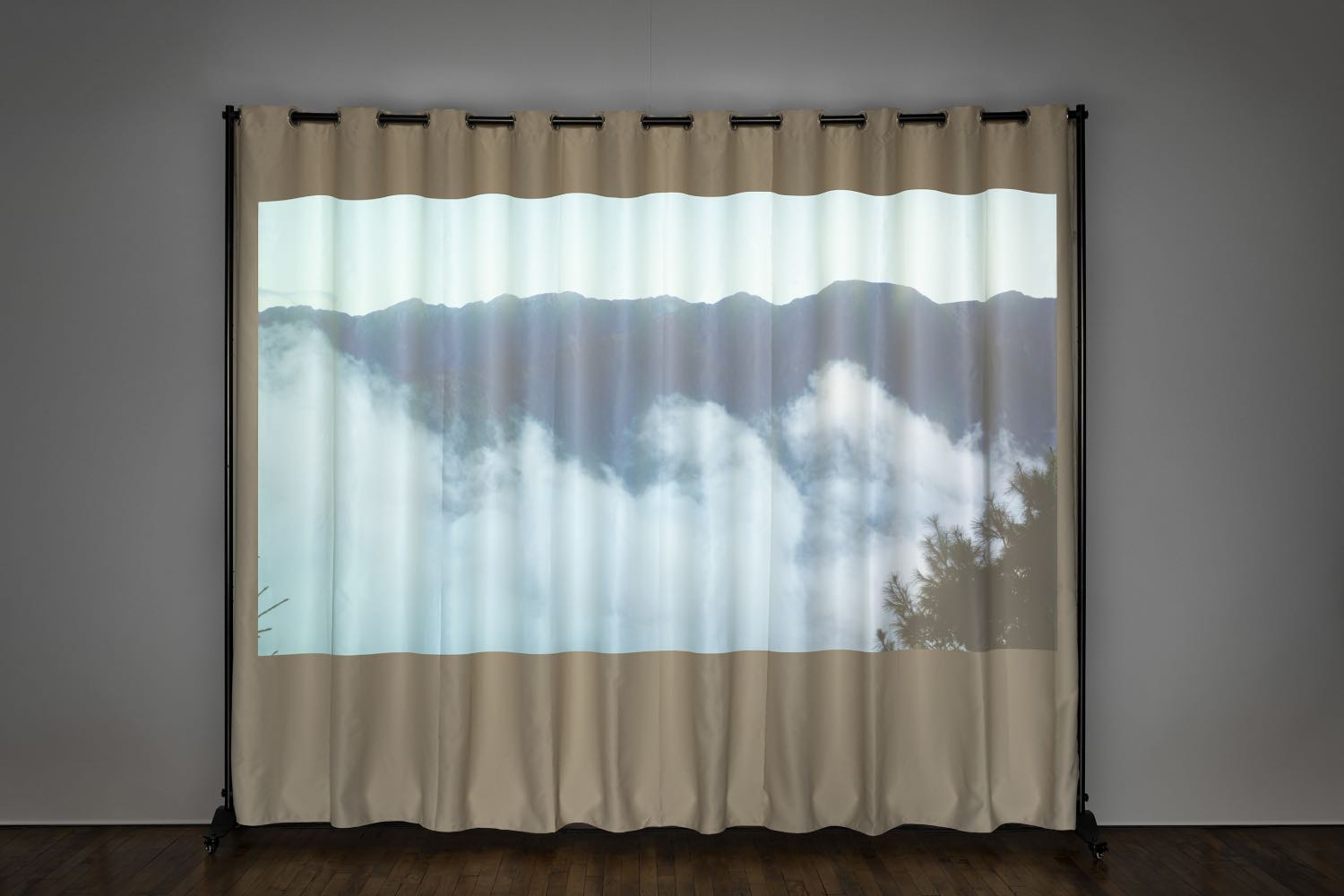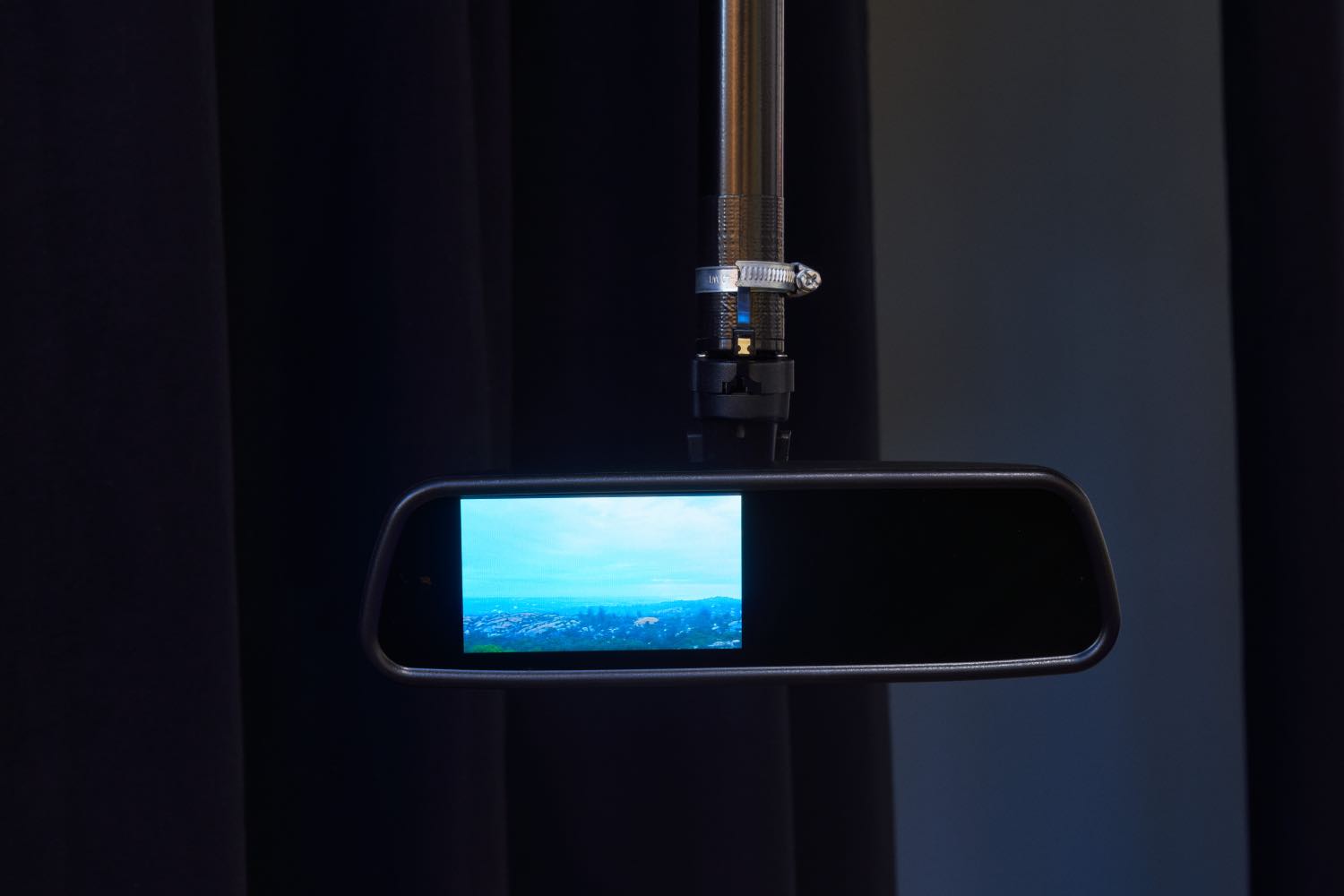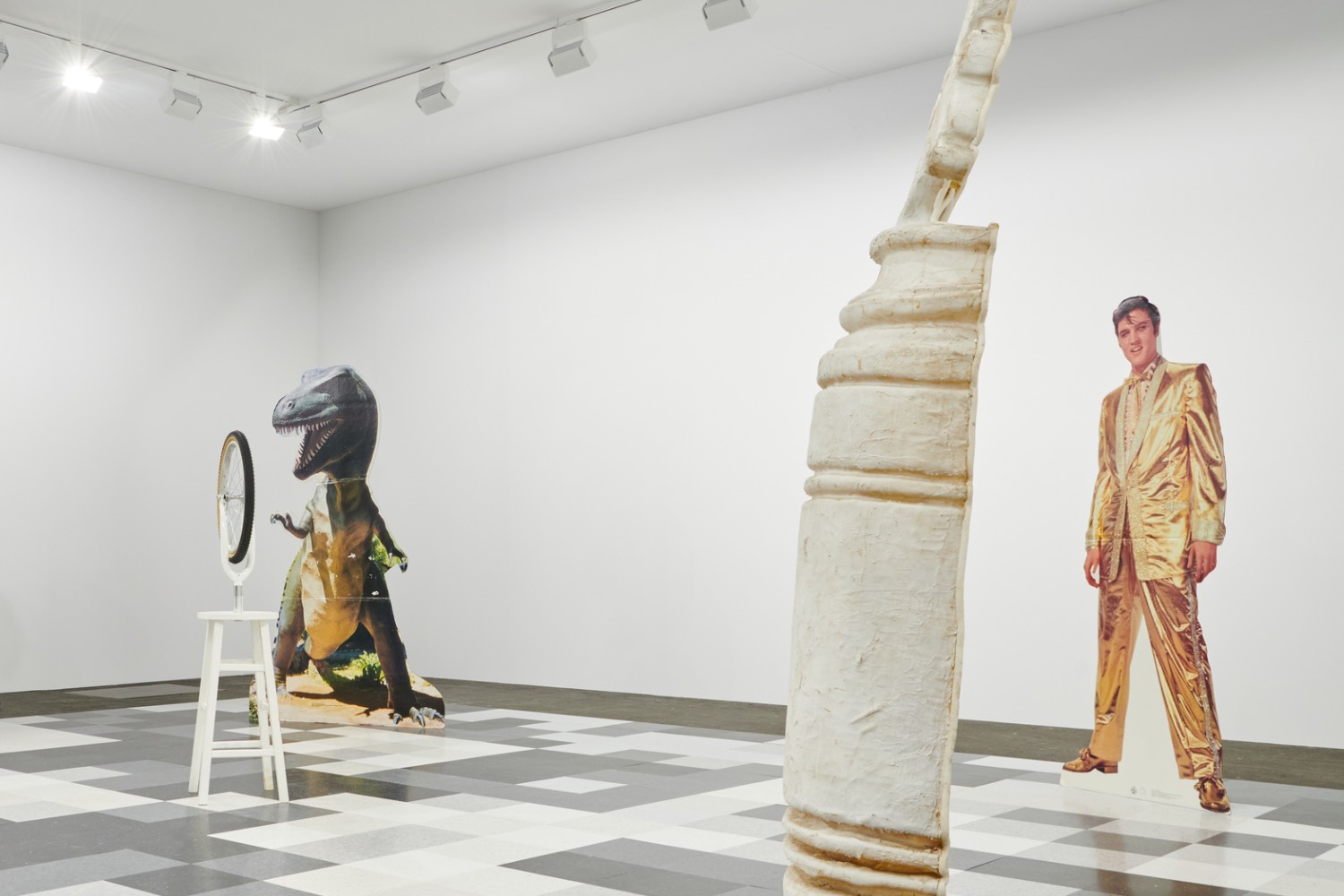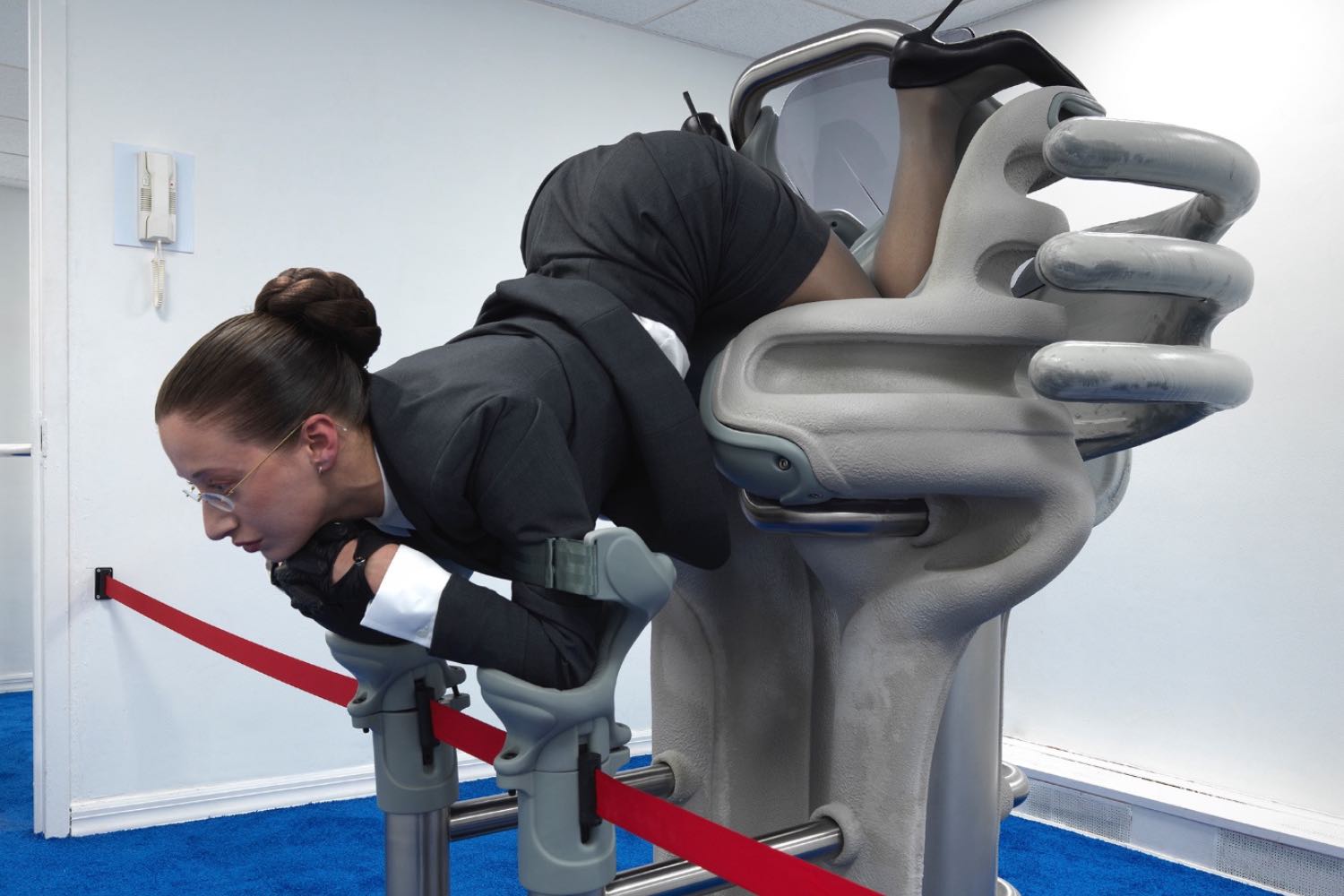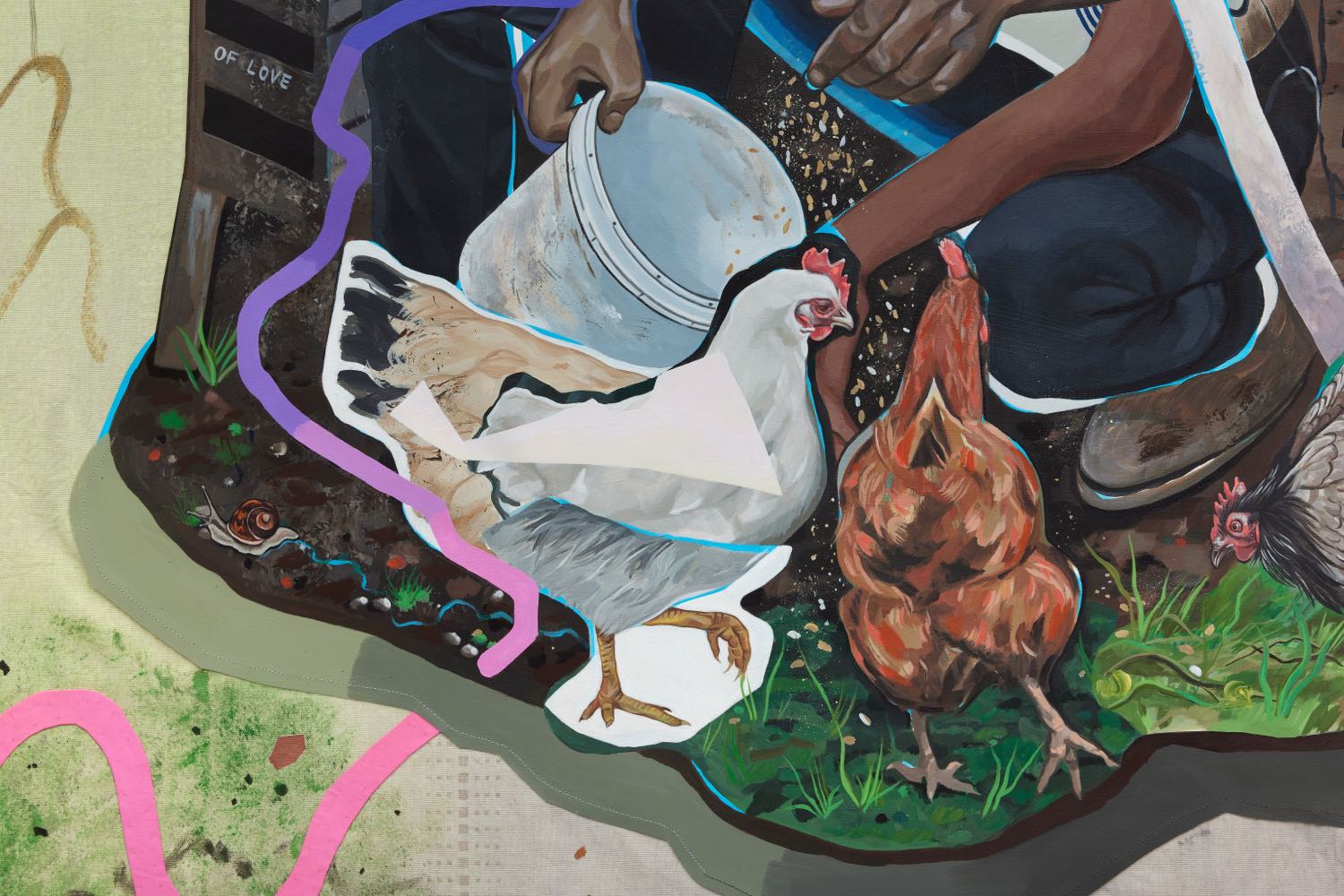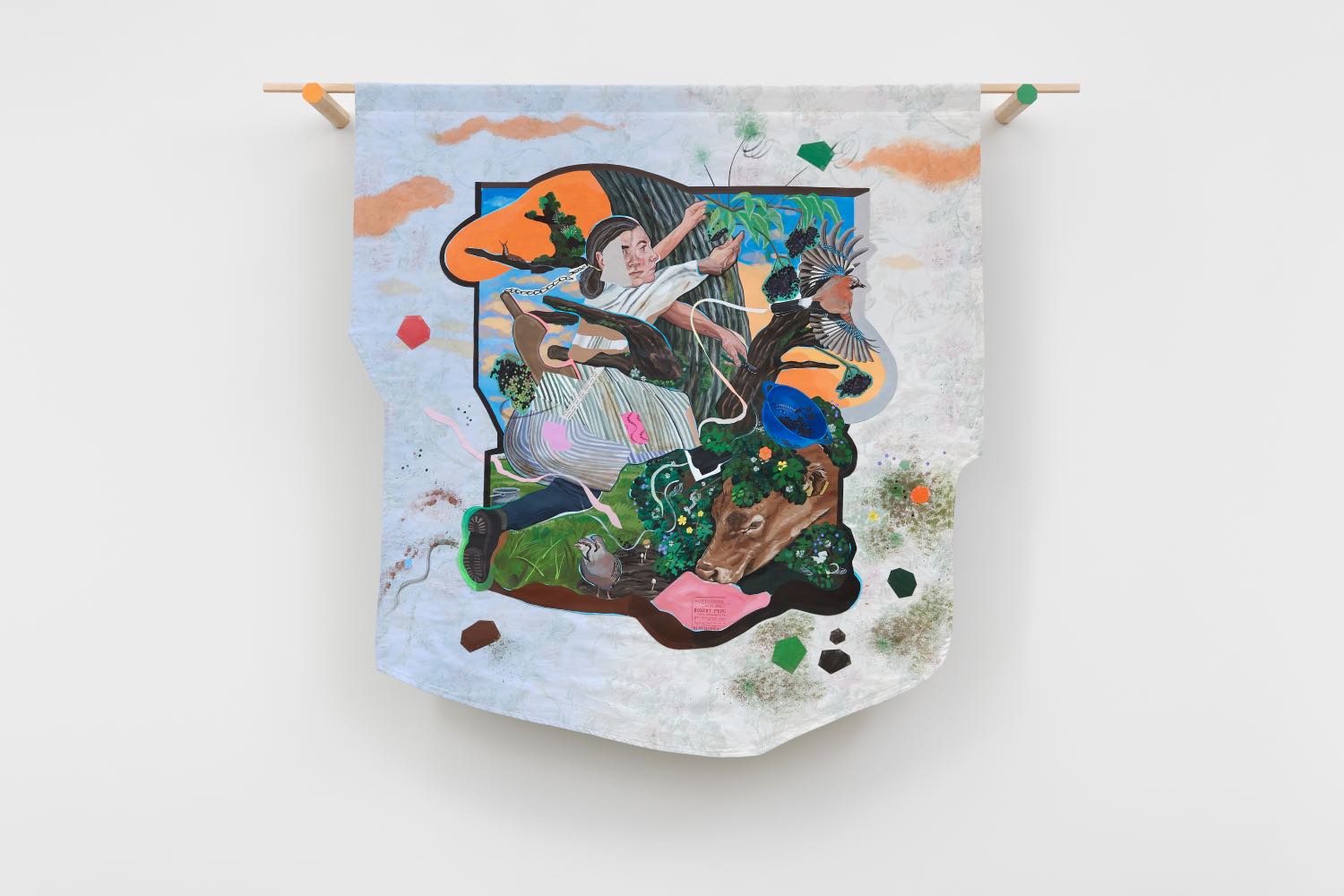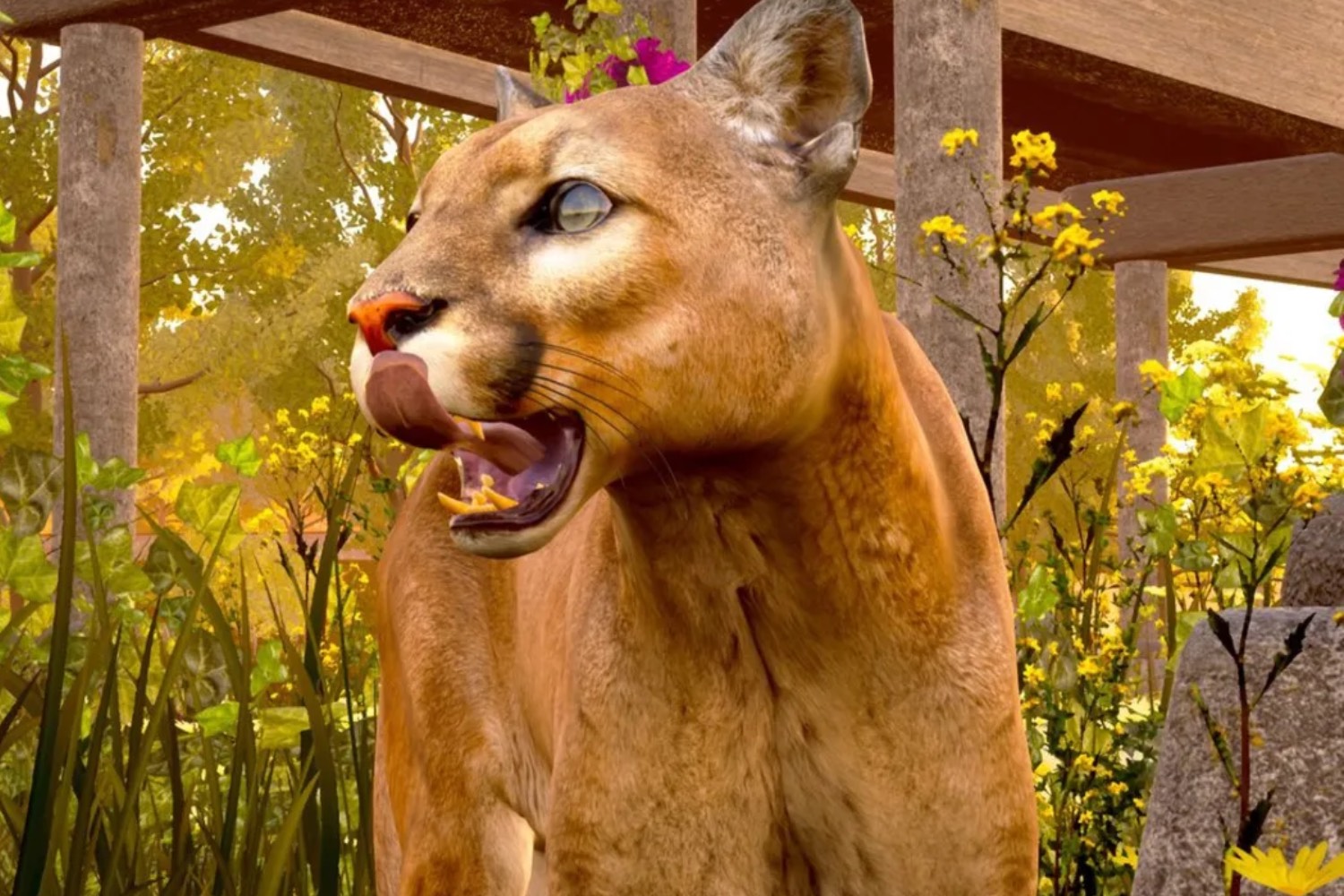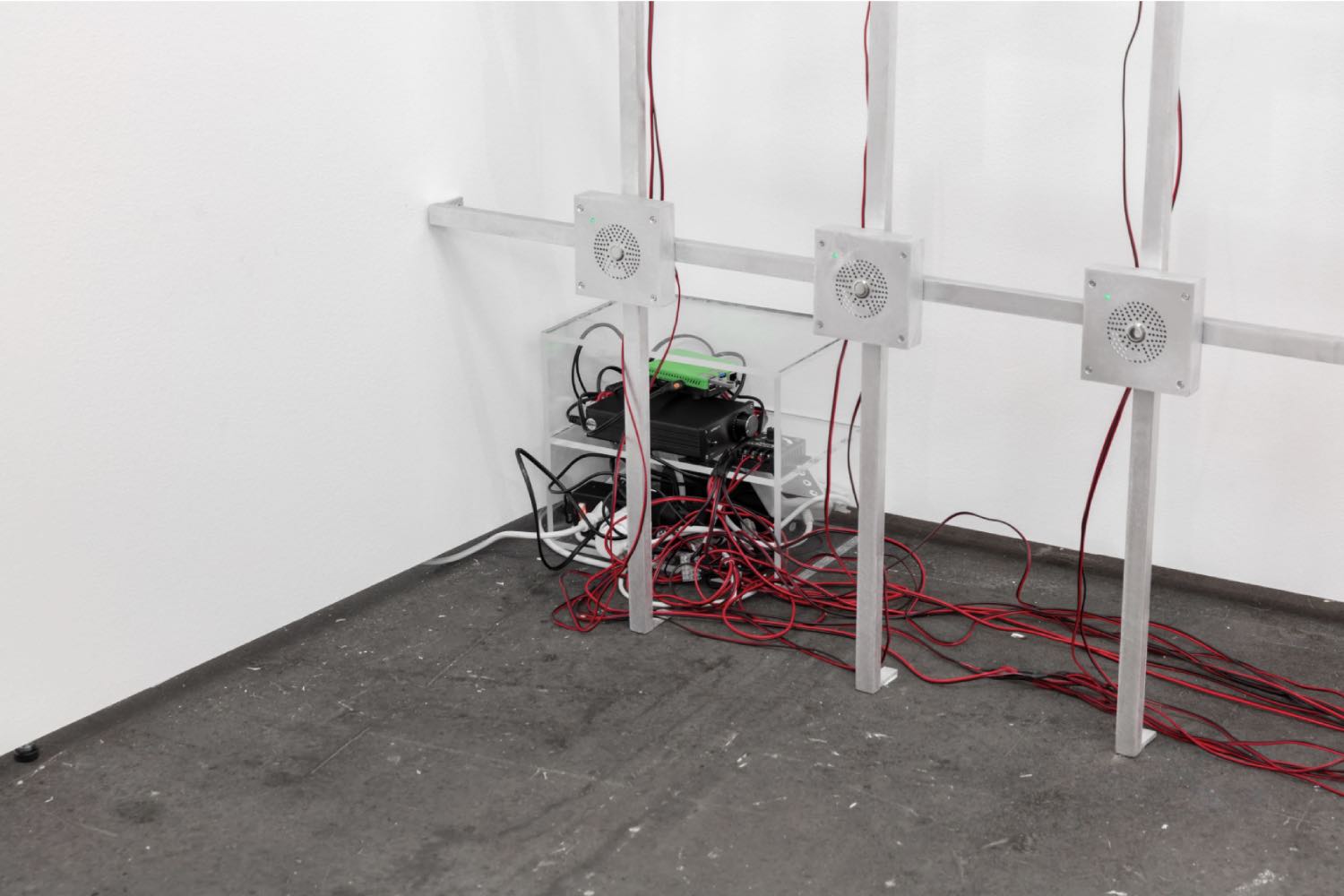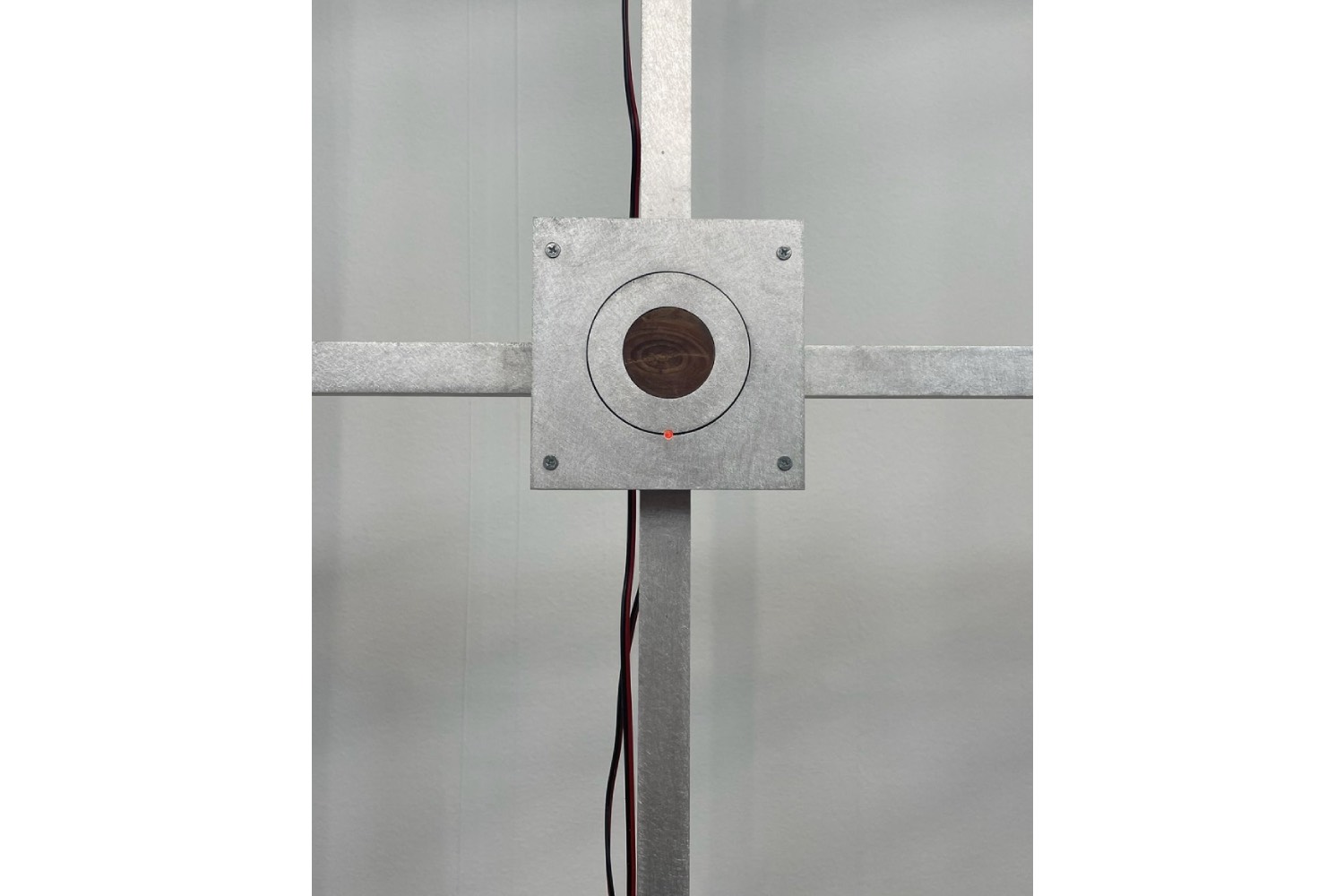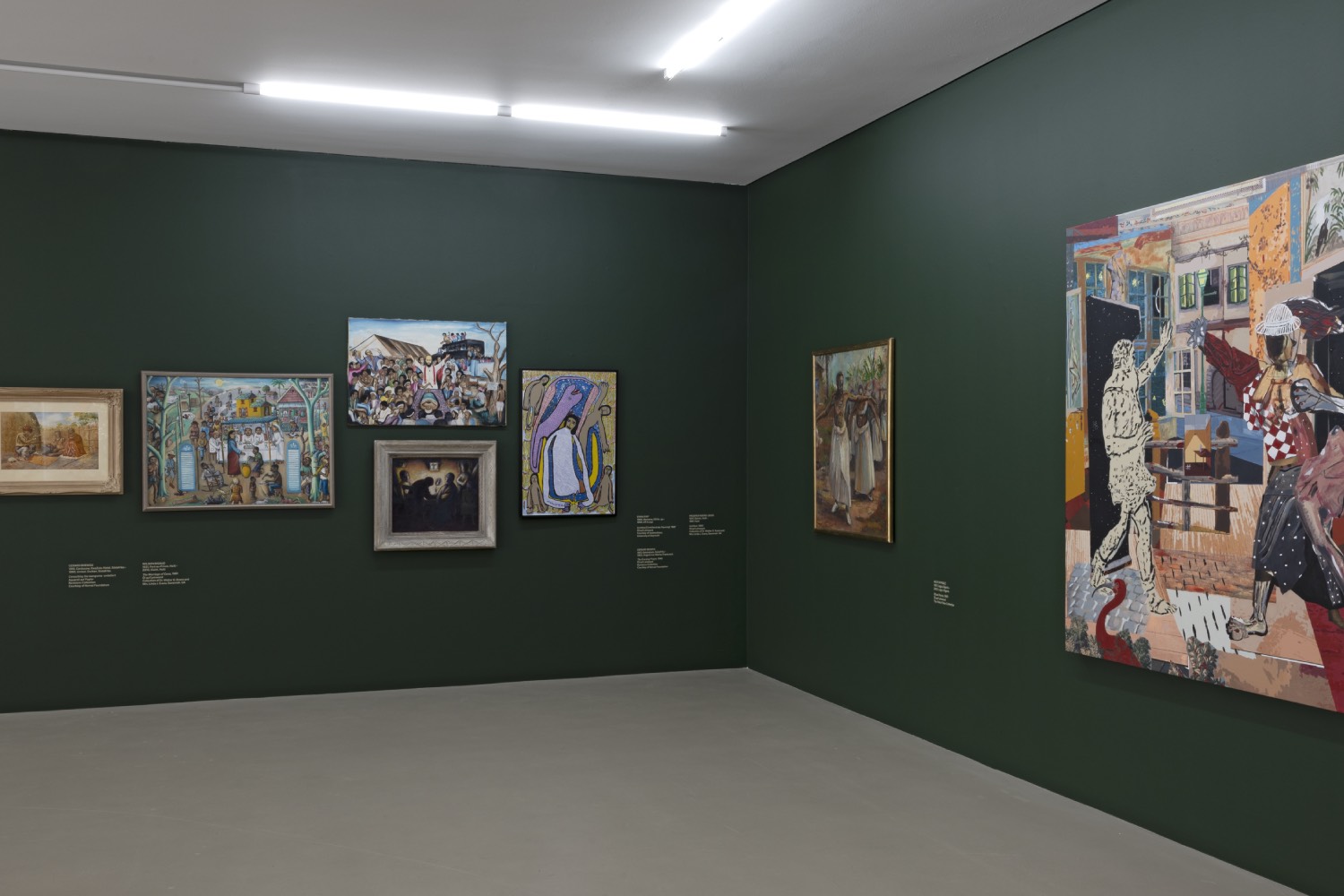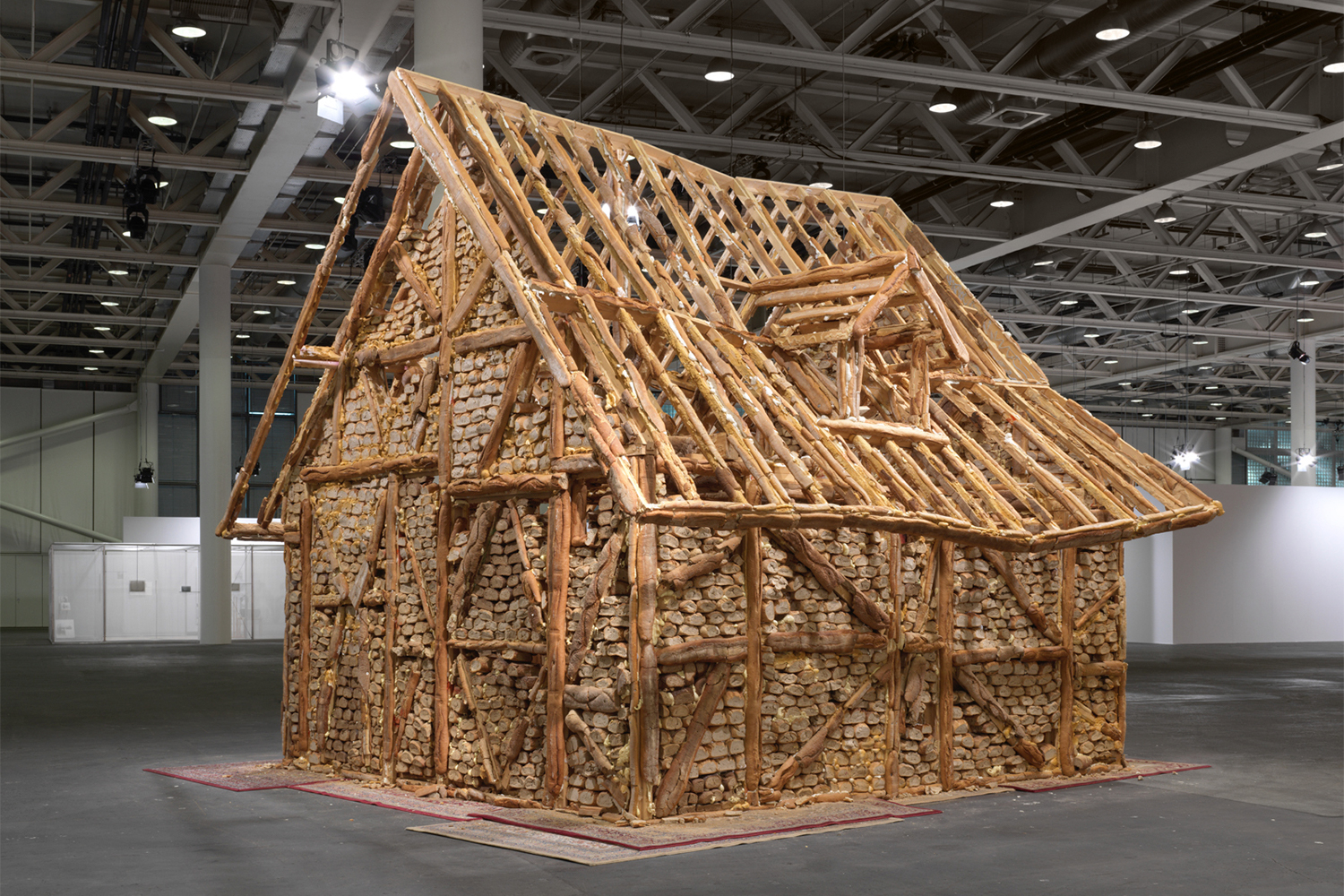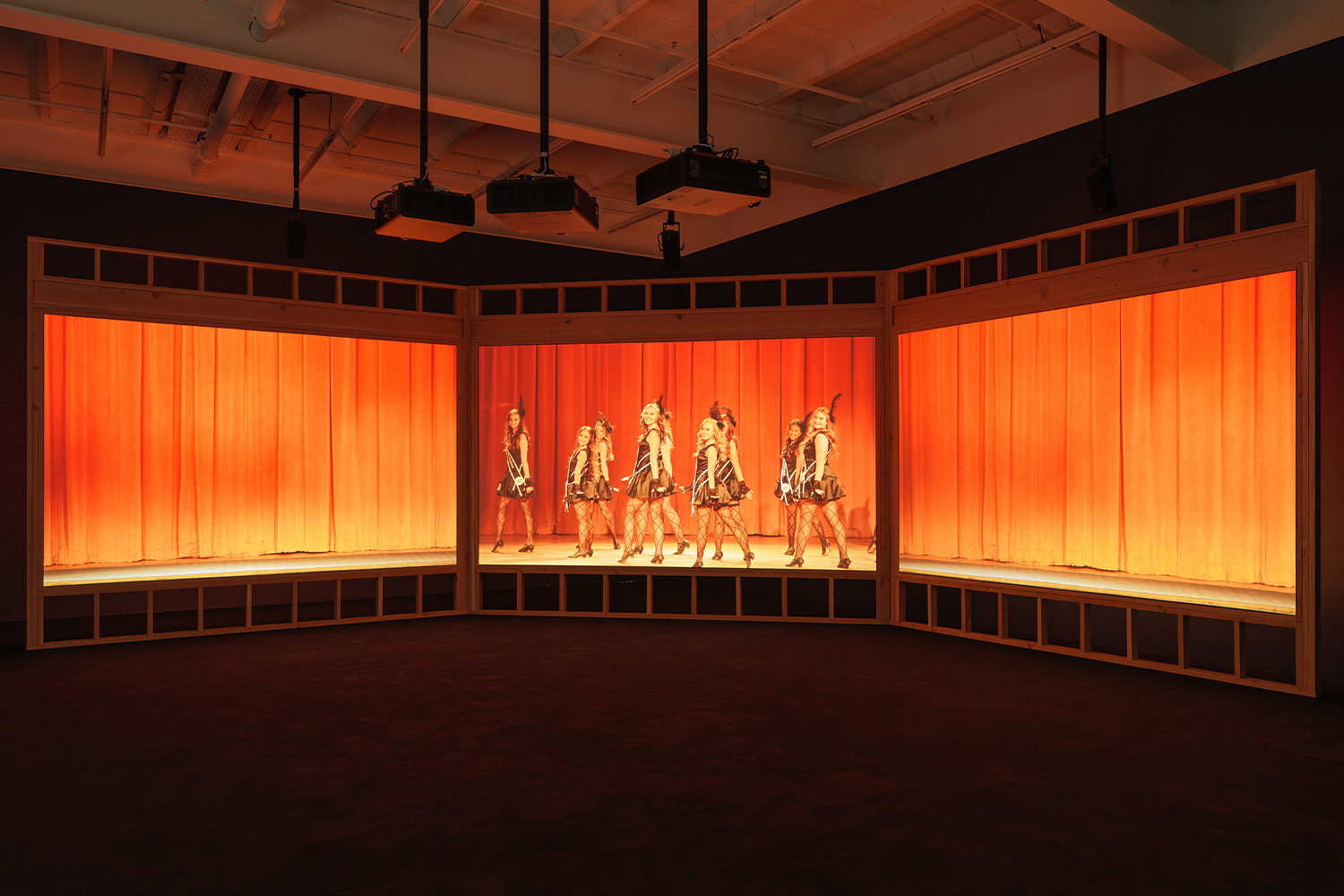Griselda Pollock once wrote of standing before Bernini’s statue of Apollo and Daphne (1622–25) and gasping. Without warning her psychic defenses were breached, leaving her vulnerable and susceptible to trauma. She wrote, “My gasp signaled a moment of potential trauma. But whose?”
This immediately came to mind while witnessing the gasps of a group of collectors as an artificial fog engulfed the Foundation Beyeler building (an intervention by Fujiko Nakaya). What was the source of this gasp? The spectacle or something else? Later I heard another gasp as a curator was told that Basel Social Club was taking place across fifty hectares. “I only have twenty minutes,” they exclaimed! I can’t stop thinking about these gasps; my approach to gaging my experience suddenly and troublingly hinges upon the dubious reactions of others.
When I started writing, an editor remarked that it is cliché to describe artworks by focusing on how people interact with or react to the work. While I don’t entirely disagree, it was hard not to be preoccupied by the act of observing and, perhaps more specifically, by the act of looking away throughout Art Basel and the many satellite fairs, exhibitions, and events that took place last week. The audiences and their behaviors at these high-profile events can often tell you more about the work and the art of today (perhaps even the market) than any consultant, gallerist, or even artist ever will.
At times it seemed that the often-unstated conventions and parameters of art making and exhibition making were being pushed and expanded. At other moments, if someone tried to convince me that it was still the year 2000 or 2014 while walking around the main fair, it wouldn’t take much persuasion. Some booths looked worryingly similar, almost identical at times, to displays from ten years ago. This year’s Art Basel was packed to the brim with shiny tokens, pop-orientated fancies, articulations of expression in painting and sculpture, large bright colors, dopamine triggering objects to distract from an artworld which for the most part is choosing, abhorrently, to look away from the horrors unfolding in Palestine.
At this year’s Unlimited, a special exhibition at the main fair that provides a platform for large-scale artworks that transcend the traditional confines of a standard art fair booth, American artist Sam Falls unveiled his monumental artwork Spring to Fall (2024), presented by 303 Gallery, Galleria Franco Noero, and Galerie Eva Presenhuber. This nearly fifty-meter-long hyper-saturated piece is intended to encapsulate “the essence of the four seasons” as they unfold in New York’s Hudson Valley. Falls laid the canvas across a field, placing local and native plants from early autumn and late summer on top, allowing the natural materials to imprint upon the canvas. It was difficult to stand back and take in the impressive scale of the work, which itself felt overtly decorative, almost baroque, like something that could have come straight from the studio of a Post-Impressionist. This produced a relatively flat affect that drew more attention to the scale of the exhibition space and its sparseness. In direct contrast, David Claerbout’s film Birdcage (2023) conveys a picturesque garden that is suddenly disrupted by a slow-motion explosion. Here the gasp has been slowed down: a tranquil scene slowly morphs into one of carnage. The installation of this impressive and engrossing work felt somewhat awkward, relegated to a corner of the large hall. Still, its depiction of a slowed-down explosion ripping organic matter to pieces is beautiful, eerie, and highly disturbing.
In general, Unlimited felt a bit uninspired. There was the obligatory Jenny Holzer, a Kusama and Haring for good measure. There were just a few formally inventive and exciting moments, like a site-specific installation by Swedish artist Anna Uddenberg, titled Premium Economy (2023–24), presented by Kraupa-Tuskany Zeidler and Meredith Rosen Gallery. The work blended the mundane aesthetics of office workplace attire with exaggerated futuristic forms, live performers engaging with podiums that invite questions around power structures, objectification, dominance, and submission. This section of the fair, curated by Giovanni Carmine, could do with taking a leaf from some of the more experimental satellite events that are progressively questioning what an exhibition or fair can be. Closer to home, Unlimited might listen more carefully to the programmed Art Basel Conversations as a starting point for curating a more interesting large-scale exhibition. A highlight of this year’s edition was a panel on humor with Tom Morton, Monster Chetwynd, and Basel-based Sophie Jung.
Jung was also one of many artists to participate in the Basel Social Club program. Now in its third edition, the event was held in a new location and format, as an open-air exhibition on farmland fields behind the residential neighborhood of Budenholzer. Spanning approximately fifty hectares, the event extended from the city border of Basel Land to the edge of the forest. Upon my arrival I heard a very well-known curator complain that they did not have enough time to see even four or five of the works. It was clear even before arriving that the new format had disrupted visitors’ understanding of what a fair can be. Basel Social Club felt refreshing and allowed artists to test new approaches to exhibition making. Highlights included Ruth Angel Edwards’s Demarcation Flags (2016) presented by Galerina, a reworking of an earlier set of works by the artist directly and non-metaphorically engaging ideas around sustainability—an approach also explored by the fair itself. Galerina’s Mischa Lustin also used their leather jacket to show off jewellery-like sculptures by Sarah Staton. The Alluvials (2024) by Alice Bucknell was presented by Import/Export, exploring the politics of global water supplies and drought in one of the forests onsite. And there were historically significant works such as David Medalla’s Cloud Canyons (1963/2016), which bubbled beneath the chilly, cloudy skies of rural Switzerland.
There are formal experiments in curation elsewhere too. Koyo Kouoh, director and chief curator of the Zeitz MOCAA, Cape Town, curated an exhibition featuring works by 120 artists, offering a kaleidoscopic view of Black figurative painting over the last one hundred years. The exhibition’s title is inspired by the 2019 Netflix miniseries When They See Us by African-American director Ava DuVernay, which focuses on how Black youth are seen negatively, as criminals or otherwise. Highlights include the work of Lynette Yiadom-Boakye and Michael Armitage.
Established in 1996, Liste Art Fair is dedicated to showcasing young, contemporary art. Generally, Liste focuses on emerging galleries and artists, offering a platform for new talent to gain exposure on the global stage. Worryingly, the fair seemed quieter than usual on each of the three days I visited. The arrangement of gallery booths, lined alongside each other in two concentric circles, meant that people tended to stay outside of the booths and not engage directly with the work. With reports of low sales, Liste might need to re-think the space and its pricing for works by older artists. One standout was Nana Wolke, presented by Nicoletti Contemporary. Wolke’s presentation featured a sound installation and a new series of paintings inspired by the artist’s observations of a building’s entrance and interior in Downtown New York, using source material collected from intercom cameras. Elise Lammer’s special project at Liste, Mythic Beings (2024), paid convincing homage to Adrian Piper’s work The Mythic Being (1972–75), which explores the potential of disguise and repetitive action to transcend one’s own condition. Florence Peake’s Factual Actual (2024) (performed with Charlie Ashwell and Eve Stainton) was a highlight of the program. Each performer intimately engaged with suspended and folded canvas. Stainton at times seemed to vanish completely out of sight between the floor and canvas, causing a child observing from a pram to gasp in disbelief.
“I mean, this is really annoying and disruptive, can you please stop right now!” an outraged viewer, glowing and shaking red with anger, exclaimed loudly to an art handler at the Foundation Beyeler. The art handler was slowly moving a Mondrian from one wall to another using a loud cherry picker. What the visitor didn’t know (and still refused to except upon being informed) is that this was part of an intervention by Tino Sehgal. For the summer show, and for the first time in the Fondation Beyeler’s more than twenty-five-year history, the entire museum and its surrounding park has been transformed into the site of an experimental presentation of contemporary art. One of the major highlights of the week, “HOME OF THE STRANGER,” was conceptualized by Sam Keller, Mouna Mekouar, Isabela Mora, Hans Ulrich Obrist, Precious Okoyomon, Philippe Parreno and Tino Sehgal in collaboration with the other living artists curated into the project. Sehgal “orchestrated” the existing collection. Landscapes from Van Gogh through to Wolfgang Tillmans are arranged side by side. Many of the works are placed alongside each other with no gaps in between. This orchestration effectively dismantles conventional approaches to art museum display, which typically favors a mediation of separation between works. While refreshing and entertaining (to some), there are moments when this approach seems less rigorous and more slapstick. For example, a Giacometti sculpture looking at a Francis Bacon is momentary funny and ultimately ridiculous. Is the suggestion that we as visitors are akin to a Giacometti sculpture? Stretched in an existential crisis? Gasping eternally? Perhaps this realization needs further thought.

